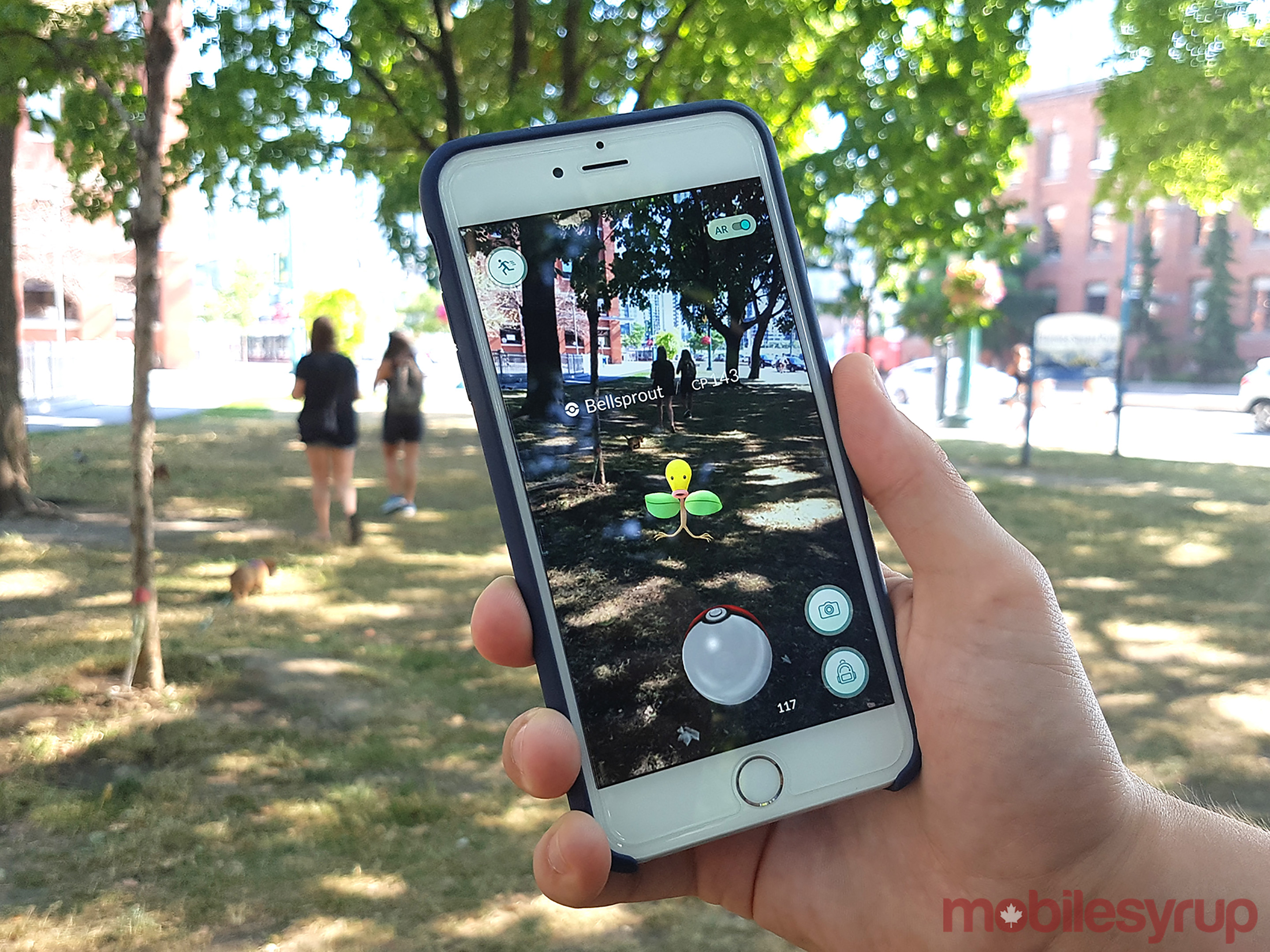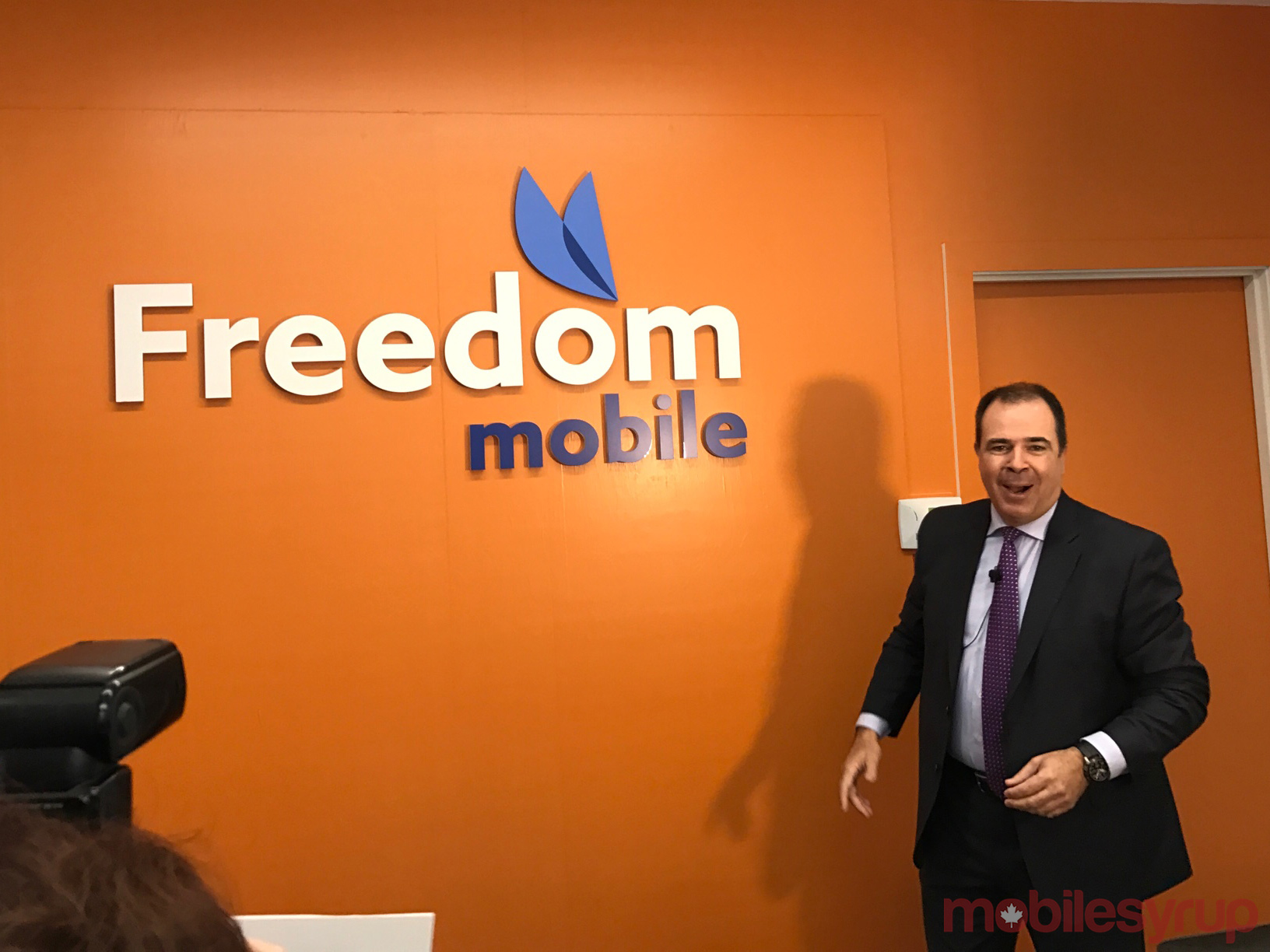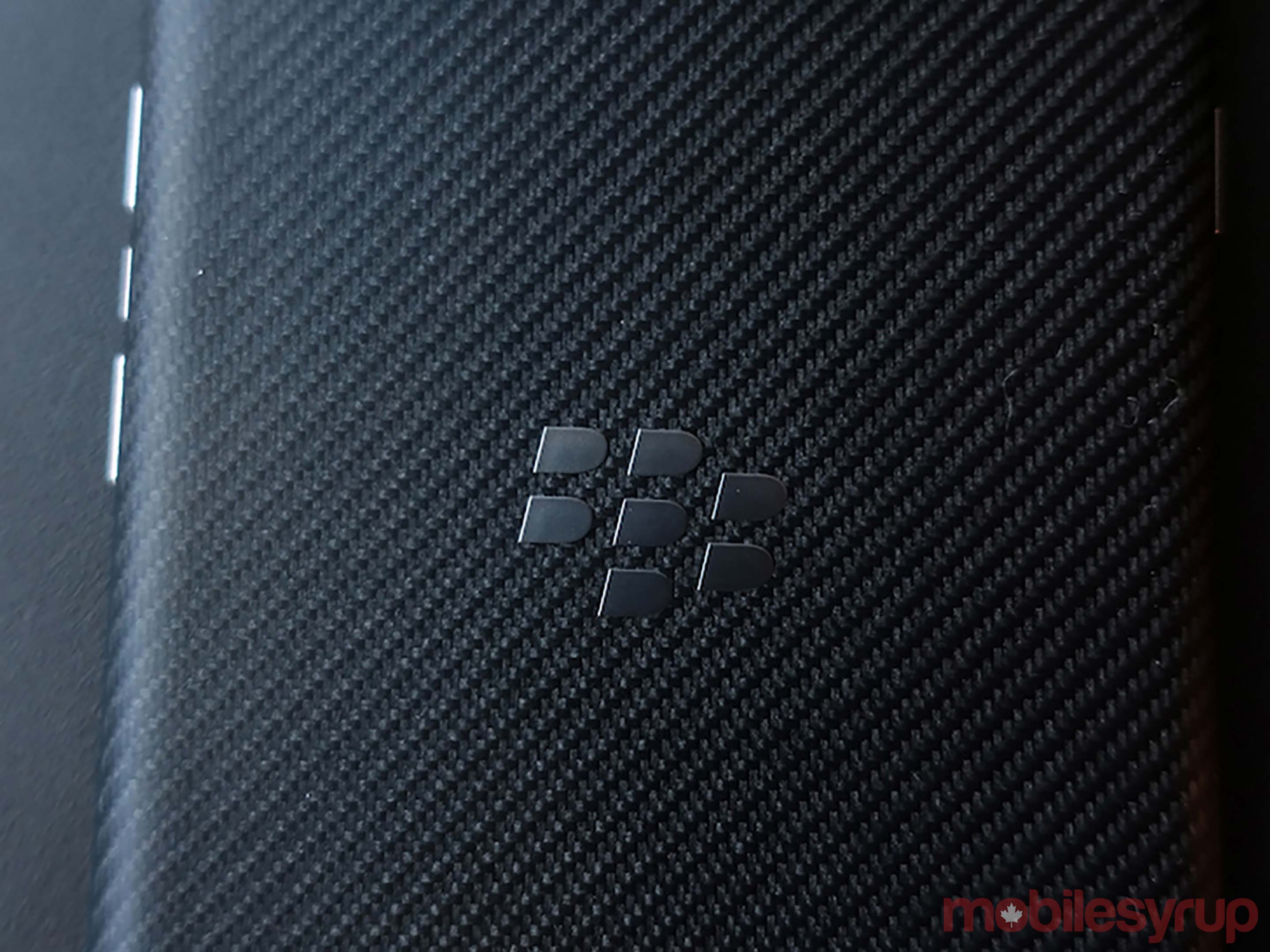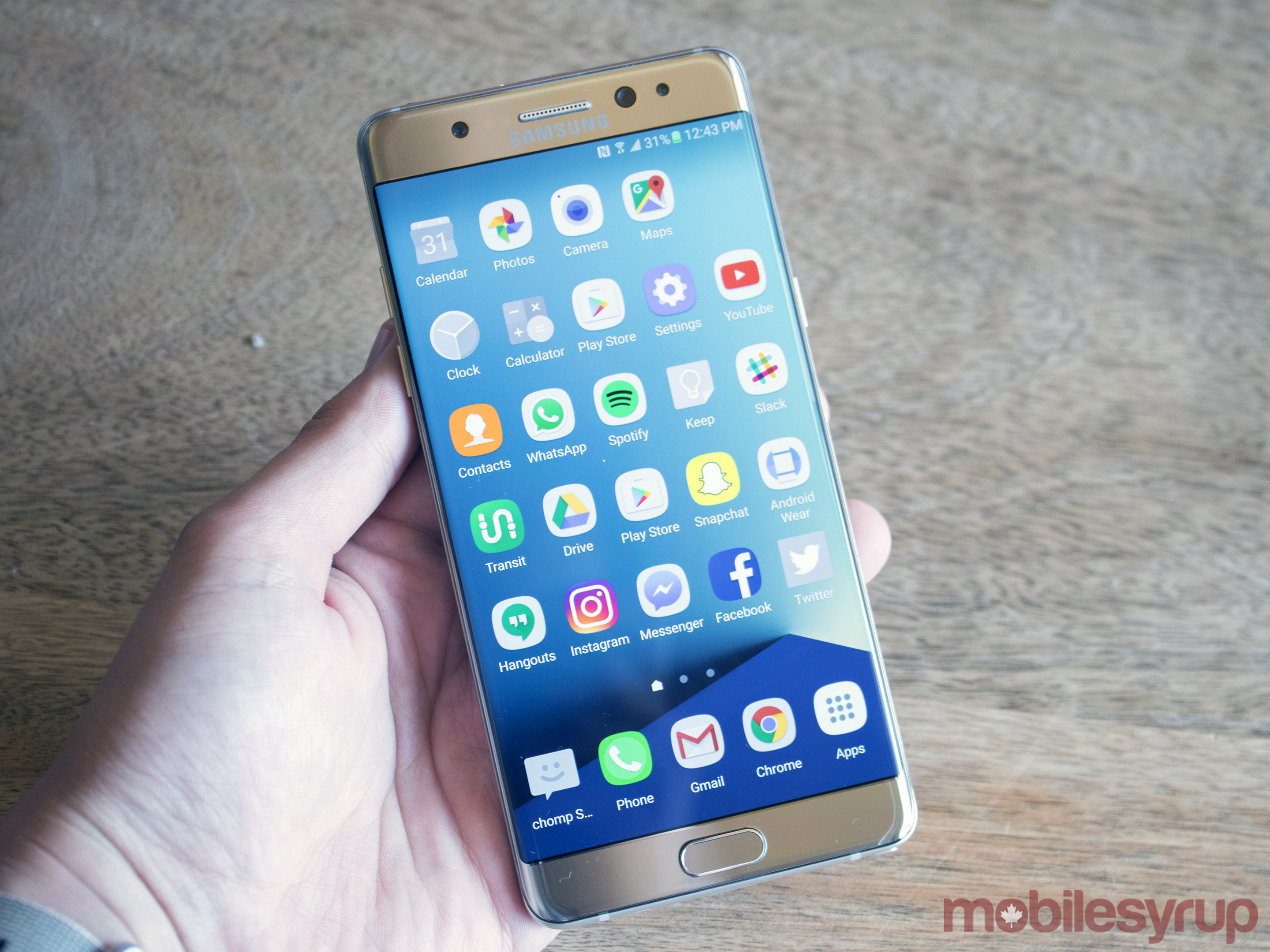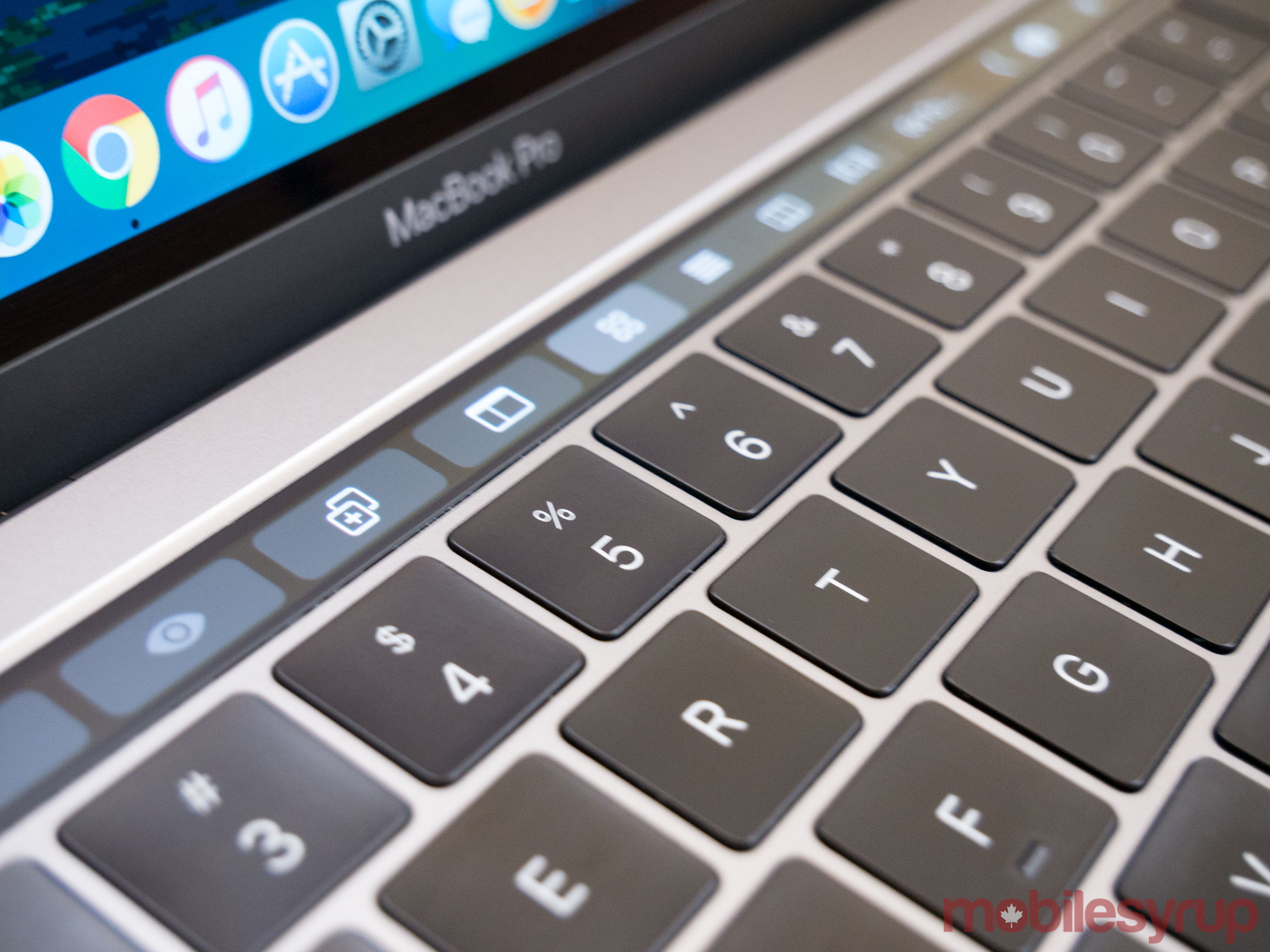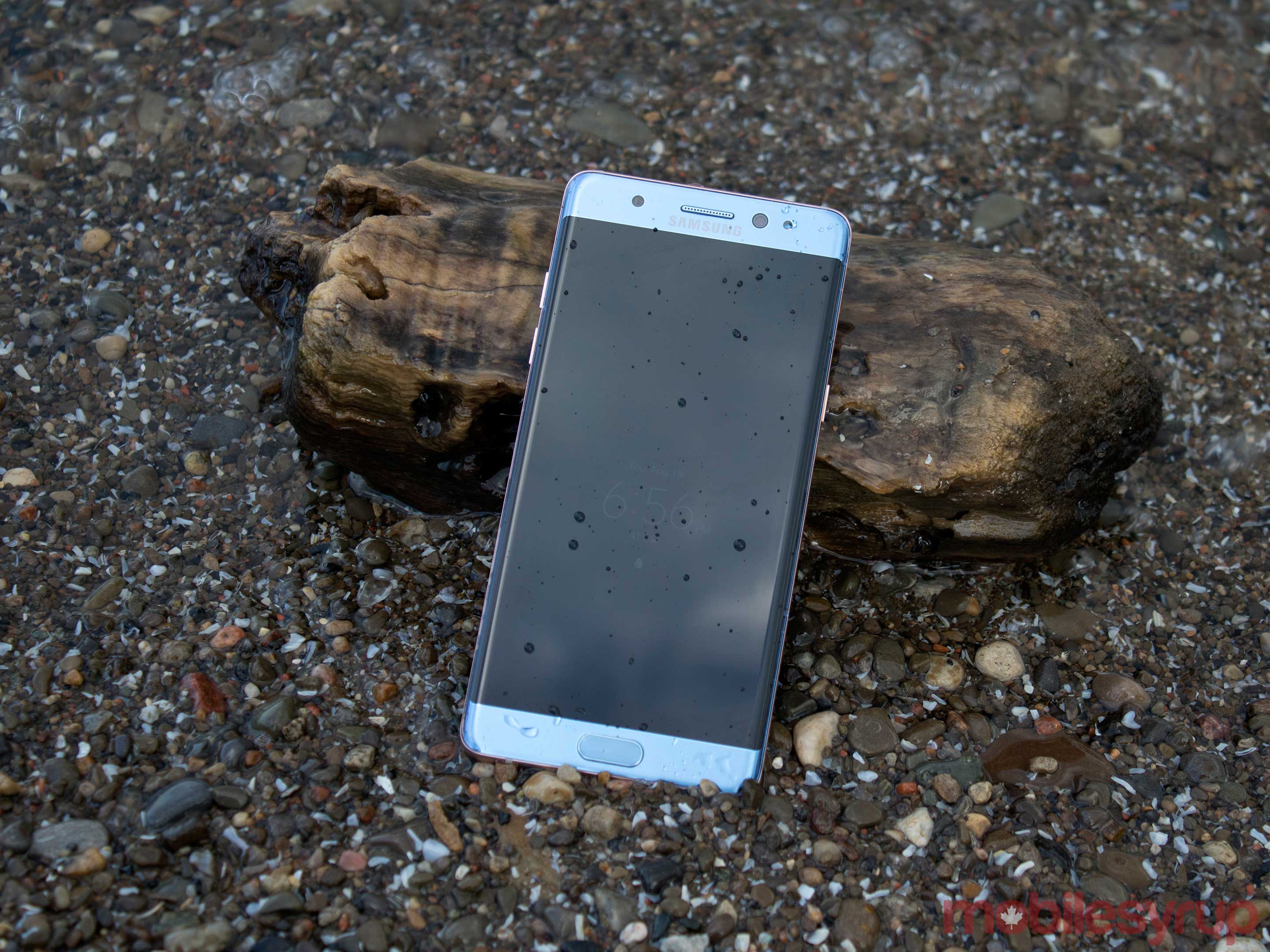
2016 was a monumental year for mobile and tech, with stories about Pokémon Go, the disastrous Note 7 and Wind Mobile rebranding to Freedom Mobile, dominating the tech news cycle here in Canada.
Below, the team at MobileSyrup has outlined what they feel are this year’s most important stories in the tech space:
Pokémon Go takes over the world
Patrick O’Rourke — Senior editor, editorial direction
The release of Pokémon Go, whether some people want to admit it or not, is one of the most important 2016 stories in mobile, as well as the overall tech industry. To put the game’s monumental popularity in perspective, Pokémon Go earned $200 million in just its first month on the market, surpassing established, major free-to-play games like Candy Crush and Clash of Clans.
The game became a cultural phenomenon and, somehow, I found myself on the CBC’s The National explaining exactly what the game is to Canadians across the country. When Pokémon Go first launched, the ability to get together with a group of friends and hunt Pokémon in the real world was a nostalgic blast from the past for me and one of my favourite experiences of 2016. Catching Pokémon in the the physical world is something I dreamed about while spending countless hours trying to “catch em all” in Pokémon Red as a child.
While the game’s original “Nearby” system couldn’t handle the onslaught of millions of players hunting for invisible creatures, it’s what made the Pokémon Go experience for me. While a tracking system based on PokéStop locations has returned to the still extremely popular game — yes, millions of people, including my parents surprisingly, are still playing Pokémon Go — it hasn’t been able to recapture the magic of its original Pokémon hunting feature.
Niantic also initially dropped the ball when it comes to releasing updates to the game during its first few months in the wild, halting almost all communication with players. Now, however, things have changed and the developer behind Pokémon Go is releasing updates at a faster rate, including second-generation “baby” Pokémon and special seasonal events.
For the game to continue pushing forward, often-requested features like player vs. player battles, more Pokémon, and a return to a system that resembles the game’s original Pocket Monster hunting system, need to be added to Pokémon Go. Here’s hoping that in 2017, Niantic has plans to expand its mobile pocket monster collection experience.
Wind Mobile becomes Freedom Mobile
Ian Hardy — Publisher, senior editor
Freedom is what everyone wants when it comes to life and it’s now the new name of Wind Mobile.
After Shaw Communications swooped up the carrier in 2015, the company was destined to usher in a new era for Wind. The strategy turned out to be rebranding Wind to Freedom Mobile, as well as to have the carrier be represented by a mascot named Freddy the Freedom bear.
The company’s colours are the same — orange and blue — and Freedom has finally made use of the wireless spectrum (LTE Band 66) it purchased back in 2015. Freedom officially launched its LTE network in Toronto and Vancouver. While LTE network coverage is limited, the “traffic free” LTE speeds are impressive and hitting between 51Mbps down and 20Mbps up in early testing.
Heading into 2017, Freedom will continue its LTE rollout and also intro VoLTE and Wi-Fi calling. Hopefully, Band 66 will arrive on more smartphones and will allow the carrier to expand its device lineup.
BlackBerry tries to reinvent itself (again)
Zach Gilbert — Social media coordinator
2016 was set to be a pivotable year for BlackBerry, the Waterloo-based smartphone maker.
BlackBerry decision to cease in-house production of smartphones is probably the most impactful news for the struggling company this year. On September 28th, 2016, BlackBerry announced that the company would stop manufacturing their own smartphones, instead opting to license the company’s name and security technology to third-party vendors. Later on, we discovered that TCL, the company manufacturing Alcatel handsets, won exclusive rights to design and manufacture BlackBerry phones.
BlackBerry also announced that it planned to set up an autonomous driving development and research centre in Ottawa. The research centre aims to allow BlackBerry to further develop their autonomous car platform and further test their vehicles on Ontario roads.
The company also pushed further with their plans to become more of a software company when it announced expansion of their IOT security platform.
We keep rooting for our homegrown BlackBerry, and 2016 was a year of change. The question lies, what does the Waterloo-based company have planned for 2017?
Samsung’s explosive Note 7
Rose Behar — Staff writer, telecom reporter
Samsung is likely glad to see the tail end of 2016. The year didn’t start poorly. There was the well-received S7 and S7 edge. A favourably reviewed wearable in the Gear Fit 2. The launch of its intriguing 360 camera. The brand could rest easy in its knowledge that for many consumers, it represented Android devices as a whole, but yet it didn’t rest on its laurels. It kept pushing boundaries with new interesting features both hardware and software related.
The Note 7 was a prime example. It was produced with curved edges only and featured an iris scanner. It was also well-specced, looked great and was reviewed accordingly. The Verge called it “The best big phone.” In his review, MobileSyrup’s own Patrick O’Rourke said “Make no mistake: if you’ve been waiting to pick up a large Android smartphone, the Note 7 is the device of your dreams.”
Everything looked good for device — in fact, it was exceeding the expectations of most by generating a hype that is generally reserved for flagships (which in this case would be Samsung’s S line). The company even told MobileSyrup that an “unprecedented” number of pre-orders could limit initial availability. But that idyllic scenario didn’t last long for Samsung. Almost immediately after Samsung’s August 19th launch, reports began to come in from buyers that their phones had exploded. On August 31st, the company stated it was delaying shipments due to additional tests for product quality. On September 2nd, the company announced a full global recall, noting that there had been 35 cases reported worldwide to that date. It also revealed sales numbers, saying 2.5 million had been sold worldwide, just over 22,000 in Canada.
That wasn’t to be the end of the Note 7, however. Samsung instated a replacement program under the impression that the defect had been caused by a “rare manufacturing error” in batteries created by subsidiary Samsung SDI. For its replacement devices, the company purchased all of its batteries from Chinese manufacturer ATL, which also produces batteries for Apple.
Unfortunately, that wasn’t the end of Samsung’s Note 7 troubles as the devices kept combusting. One high-profile case on October 5th occurred in a plane. By October 9th, four more instances of combustion were reported. The company temporarily suspended production that same day and on the 11th it officially asked carrier and retail partners to stop selling the handset, for good this time, and launched a massive return process.
What became increasingly disconcerting, however — perhaps even more than the explosions themselves — was the fact that Samsung wasn’t able to pinpoint the issue behind the defect. Theories abound, from fast charging technology to poor battery compartment design, but the company itself has yet to release a statement. That may be on its way soon, though, according to a recent report that says the company has officially closed its investigation.
One thing that’s clear — Samsung’s forthcoming S8 is going to be the device that attempts to right the ship and will certainly be something to look forward to in 2017.
2016 was the year of cybersecurity
Jessica Vomiero — Staff writer, business reporter
Of several notable topics in technology news, this year truly seems to be the year of cybersecurity. Not only were several data breaches of major tech firms reported, but the relationship between technology and the government seems to be taking on a less open-minded tone.
This past November, it came to light that the Canadian Security Intelligence Service (CSIS) had been illegally collecting Canadians data for over a decade. A federal judge chastised the agency for its actions, and handed down a ruling stating that the intelligence service had breached its duty to inform the court of its mechanisms.
The information had been collected for reasons other than national security threats, and therefore, should not have been retained by CSIS in the first place. This report accompanied several others in 2016 detailing the relationship between federal regulators and Canadian data. News that a Quebec police station tracked the smartphones of six journalists made headlines around the world and attracted commentary from history’s most famous modern whistleblower, Edward Snowden.
The reaction to these stories by federal courts and regulators demonstrates a more modern perspective on data than we’ve seen from Canadian governments in the past. It’s encouraging for many Canadians to see that the legacy left by Bill C-51 needn’t be a permanent one. On the flip side, however, it’s discouraging to witness events such as these in what should be a data-positive 2016.
In addition, cybersecurity took its place on the world stage with several major data breaches taking place throughout the year. Not only were 32 million Twitter logins and passwords reportedly breached, but over 1 billion Yahoo accounts were affected in a tantamount hacking scandal.
These kinds of breaches have become regular occurrences over the past few years, though 2016 truly brought corporate security into the spotlight. As the world’s tech giants quickly become the conservators of their users’ information, the world has begun to contemplate how much of their information they’re willing to give up to the platforms that connect them to the things they love.
Looking ahead, the privacy vs. innovation debate is one that will likely take us into the future. As artificial intelligence becomes a more central component the devices we use every day, users will inevitably be forced to pick a side. Seeing as most AI platforms are powered by the constant and consistent collection of user data, it’s becoming more and more difficult to build security features into personal devices that rely on this function.
Google’s Allo is an example of an app released this year with advanced AI features through the newly released Google Assistant. However, users who enter “Incognito Mode” to turn off personal data collection lose access to its marquee features.
In some cases, the past year has tested the boundaries of individual security, while in others, 2016 has pit government and technology directly against each other. We’ve begun laying the framework for our expectations of the companies that safeguard our data, and have learned in more ways than one that our information is our most valuable commodity.
The sheen comes off Apple
Igor Bonifacic — symbolic head of news, red shirt
They say history is cyclical, and nowhere is that more apparent than in the high-stakes world of tech.
In 2010, Apple overtook Microsoft as the biggest tech company in the world — though in hindsight what happened then already seemed inevitable three years earlier when year Steve Jobs introduced the world to the iPhone. Almost 10 years after the release of Apple’s first smartphone, it’s hard not to feel like history is repeating itself. Only this time, it’s Microsoft preparing to usurp Apple’s throne.
Nowhere was that more apparent than at the company’s fall Windows 10 event. A confident Redmond took to a New York stage to share its vision of a Windows 10 operating system that seeks to give each user the tools to unleash their inner creativity. One day later, Apple revealed its new MacBook Pro lineup, a series of devices that drops many of the features that helped make the company’s previous computers indispensable to professional creatives. The backlash that followed was not only predictable, but also justified in many cases.
It’s fitting then that all of this should happen on the year of the fifth anniversary of Jobs’ death. Since his death, cracks have started to appear in the once seemingly invincible company he co-founded and brought back from near death.
Once so sure of itself and the direction it was dragging the tech industry kicking and screaming toward, in the past year it seems like Apple has ceded the future of tech to competitors like Google, Samsung and the aforementioned Microsoft. The company’s keynotes, once marquee media events, have become predictable and subdued, with questionable proclamations on the nature of “courage” and the like.
Watching an old TV interview where Jobs talks about how “the product genius of a monopolistic company rots out,” it’s hard not to feel like what he describes in that interview is happening right now at Apple under the leadership of Tim Cook.
Seeing this happen to a company whose products I’ve loved for long is hard, but I’m also hopeful.
Change, for better or worse, is inevitable, but it’s also what makes this industry so exciting. My hope is that a resurgent Microsoft and the competitive spirit it’s sure to reignite in Apple leads both companies to bring out their most innovative products to date.
MobileSyrup may earn a commission from purchases made via our links, which helps fund the journalism we provide free on our website. These links do not influence our editorial content. Support us here.

